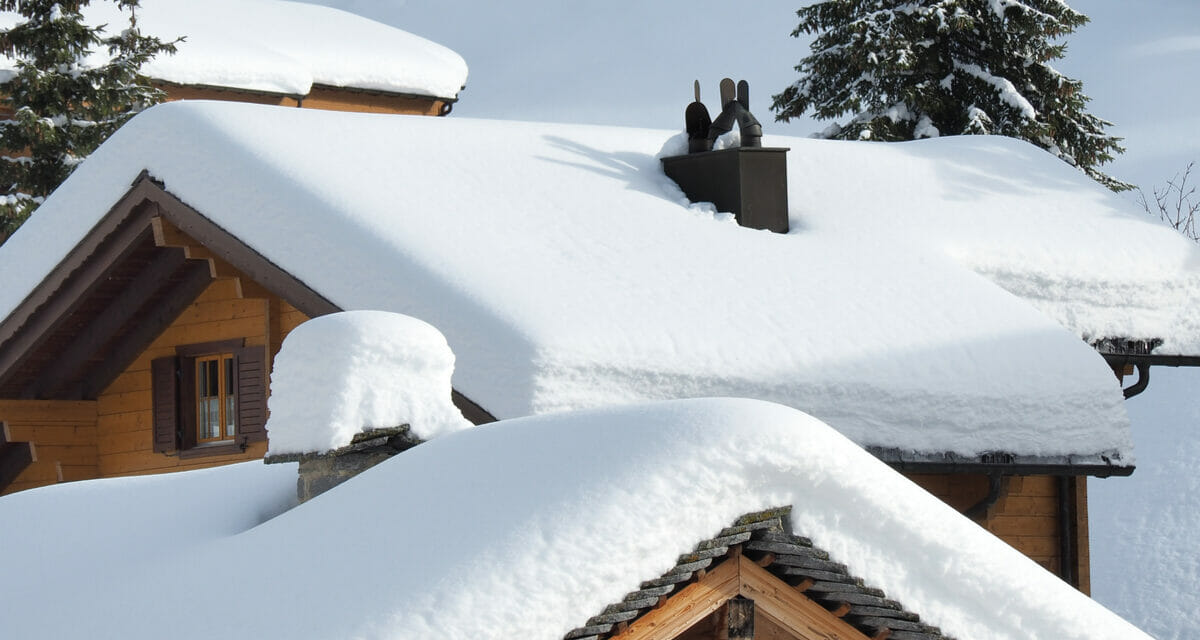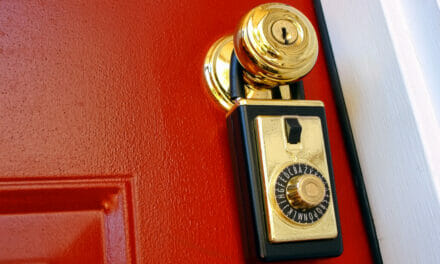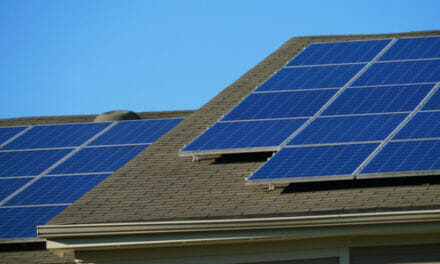One aspect of being a home inspector that is beyond your control is what the weather decides to do before and during your home inspection. As picturesque as freshly fallen snow can look on the eaves of a home, it can also introduce some serious issues just as easily as beauty. So how do you deal with situations where snow, ice or rain make evaluating the roof of a structure challenging, dangerous and/or impossible? Is it time to simply hunker down and wait for the conditions to improve or reschedule the inspection completely? What options do you have when dealing with a roof that is too snowy or wet to safely evaluate?
Option 1 is the most obvious, but not the most advantageous in terms of client satisfaction or referral business. That is to cancel the inspection and reschedule it for a day on which you anticipate a better forecast or conditions. Yes, this would allow you to make one trip and perform the entire inspection in a single shot. The problem here comes down to deadlines and scheduling. Inspectors who maintain a relatively full schedule may have difficulty finding the necessary time to fit this in. Mix that with the contractual deadlines associated with a real estate transaction and there are ample areas for issues to arise. You also run the risk of losing the inspection outright to a competitor should the timing not work out to the clients’ liking. Your client or agent may then start shopping around for other provides with more availability which could cost you more than just a single job–it could cost you all future business referred from that particular real estate professional. Keep in mind that even on a vacant home, arrangements need to be made to access the property. Any rescheduled appointment often impacts your client, the buyer’s agent as well as the listing agent and the homeowner(s). Generally speaking, avoiding option 1 will typically yield higher levels of client satisfaction and fewer complaints.
Whenever possible, it’s always best to perform the inspection when it was originally scheduled even if the scope of your home inspection is somewhat limited. It is much better to go back out and perform a supplemental inspection on the roof or the deck or any areas that you could not inspect the first time to lock in and save the original inspection. The question always comes up should I get paid more to go back out and redo the inspection? Granted it would be nice if we were able to ask our clients to pay additional fees for us to go back out but unfortunately that is not always good customer service. Just like you, agents and clients are not in control of the weather and may get upset many times if there’s an additional fee to go back to the property to evaluate any components impacted by the exterior weather conditions. In most instances, locking in the inspection, doing a great job and returning to evaluate the roof It is usually best practice. Going above and beyond what a “normal home inspector” would do will generate more good will, positive reviews and referrals in the long run. An alternative way to look at this situation is that you technically did not complete a full inspection on the initial visit, however, you got paid the full fee. Going back to the property to evaluate the roof or the sidewalks, grading, etc. would just be completing the job. As with most situations, the less the boat is rocked, the happier all parties tend to be. The option for conducting a drone inspection also exists (this would be more applicable to a roof that is simply wet rather than covered in snow/ice). This does require the inspector to hold the necessary certifications as well as have the proper equipment on-hand. This can be a very valuable tool and can be utilized in a greater capaicity in situations where you may have a roof that would otherwise be inaccessible despite what the weather conditons look like.
Another potential option to make it fair for the clients and the agent is to provide a discount on the first inspection and reduce the fee for the return trip. Doing it this way you get compensated based on what you did or did not inspect. Because you didn’t complete it the entire inspection, subtract out the appropriate portions for the exterior and the roof and then if requested, you can go back in the future and can simply charge them the amount subtracted from the original inspection fee. The downside of this is getting into the negotiation of what the exterior and the roof portions of the report are priced at. Many clients and agents will inflate the value of the roof system saying that’s 50% of the inspection or that the roof is the primary or only thing that they were concerned about and they don’t want to pay any of the inspection unless that portion is inspected. Structuring the inspection fees in this way can have some advantages, but does offer some drawbacks in terms of potentially negative client sentiment.
So if you are like the rest of us and want to earn more income in the long run and generate more referrals, the recommendation is to go above and beyond and provide exceptional service to your client and agents. Inspect as much of the exterior/roof as possible during the initial appointment. Should you need to go back to finish the roof, it may cost you a few bucks in gas this time, but the customer satisfaction, positive reviews and eventual referral business will more than offset any costs.
It is also critical that we make a note of how important the issue of safety is, especially when the topic is wet, icy and/or snow covered roofs. The inspector should make his/her own determination whether or not it is safe to walk a roof. If you don’t feel the conditions are safe it’s probably not worth the risk.





